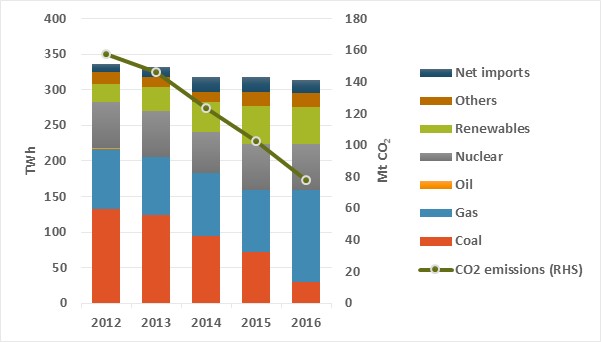Kuwait is mostly known as one of the world’s largest oil producing nations and as a leading member of OPEC. But the country was also a pioneer in 2009 when it became the first in the MENA region to import LNG via a floating storage and regasification unit. At the time, LNG was considered a stop-gap solution to address chronic electricity shortages that threatened Kuwait’s economic and socio-political stability.
Today, Kuwait continues to lead the way in the region by being the first LNG importer to invest in a land-based LNG import terminal. The 22 mtpa facility, for which construction has begun at Al Zour industrial area, is scheduled to come online in 2021. Cedigaz’s latest report examines the risks and opportunities of Kuwait’s LNG strategy.

